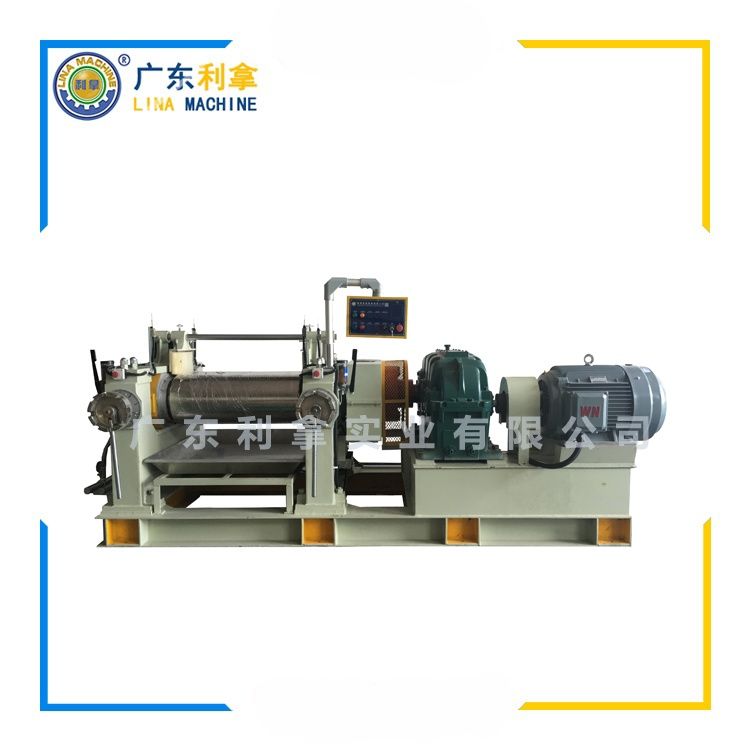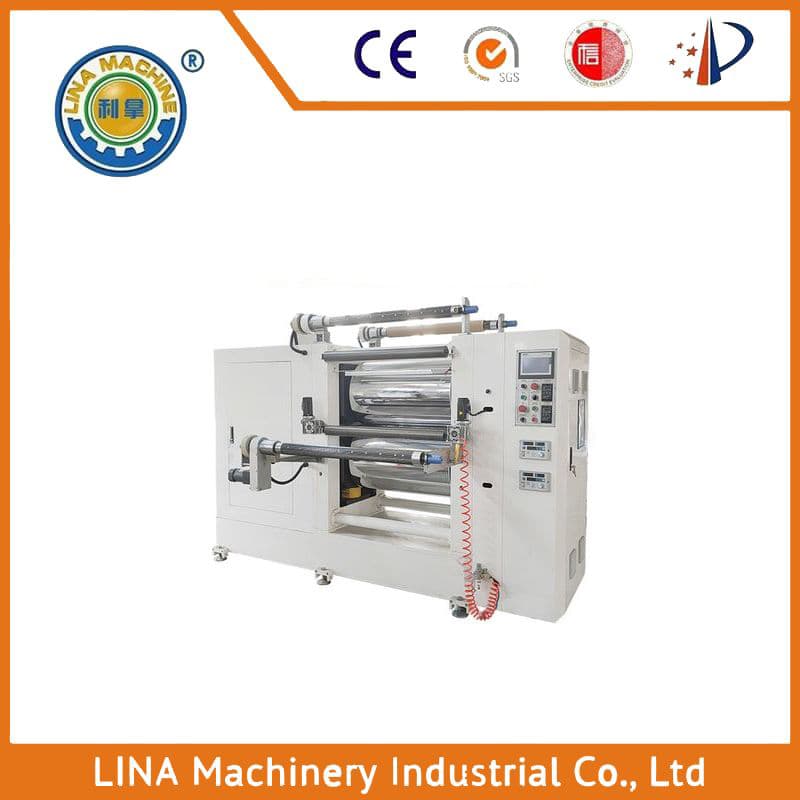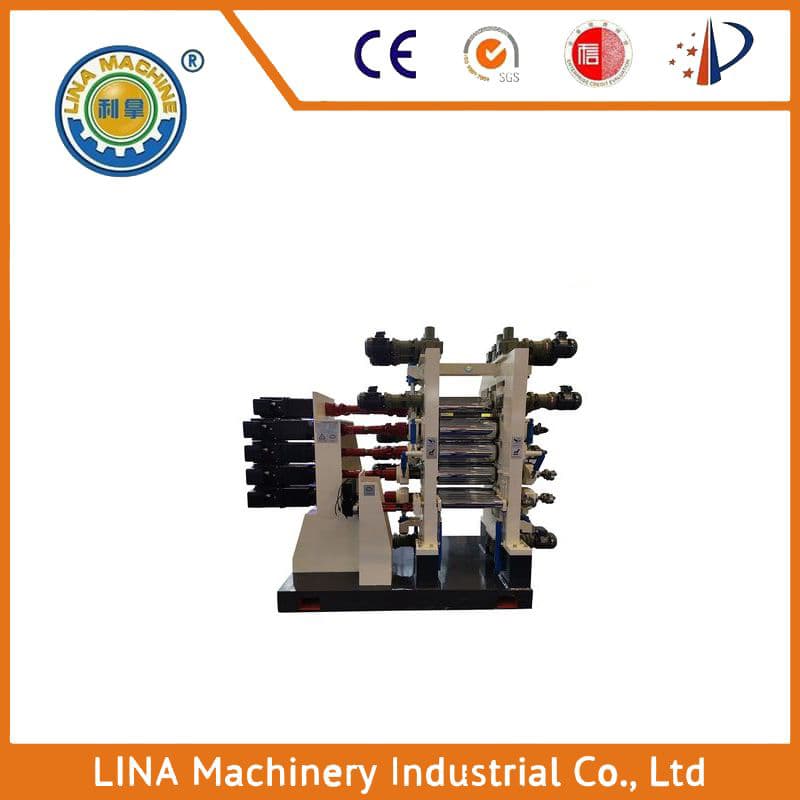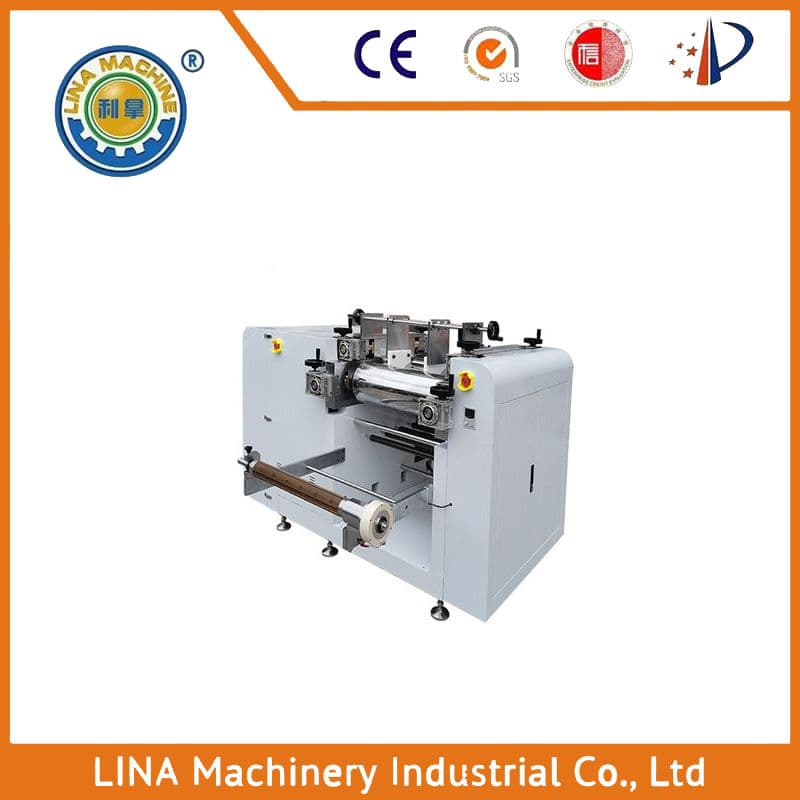The Art of Molding Machines
In the realm of industrial machinery, molding machines stand as the backbone of manufacturing processes. These intricate devices are designed to transform raw materials into precise and durable products, making them indispensable in a wide range of industries. From automobiles to electronics, from plastic packaging to medical implants, molding machines play a crucial role in shaping our world.
At the heart of these machines lies a complex system of moving parts that work together seamlessly to create molds and produce finished products. The machine's main components include the motor, gearbox, hydraulic or pneumatic cylinders, and various sensors and controls. The motor drives the machine's axes, while the gearbox converts the rotational motion into linear movement. The cylinders provide the necessary force to push or pull the mold, while the sensors and controls ensure that the machine operates at optimal speed and precision.
The process of molding begins with the material being fed into the machine. This can be done manually or through a feeder system that automatically delivers the material to the mold. Once the material is inside the mold, the machine takes over, using its powerful motor to drive the axes and create the desired shape. The mold is then cooled down to solidify the material, and finally, the finished product is ejected from the mold.

One of the key benefits of molding machines is their ability to produce high-quality products with consistent results. By controlling the temperature, pressure, and other parameters precisely, molding machines can create parts that meet or exceed industry standards. Additionally, they can be programmed to make multiple parts simultaneously, significantly increasing production efficiency.
However, molding machines are not without their challenges. One common issue is wear and tear on the moving parts, which can lead to downtime and increased maintenance costs. To address this, manufacturers often invest in advanced materials and lubrication systems that can reduce friction and extend the life of the machine.
Another important consideration is safety. Molding machines are heavy and powerful, and operators must follow strict safety protocols to prevent accidents. This includes wearing appropriate protective gear, such as gloves and goggles, and ensuring that the machine is properly maintained and inspected for any signs of wear or damage.
In conclusion, molding machines are an essential part of modern manufacturing processes. With their ability to produce high-quality products quickly and efficiently, they have become a staple in many industries. However, like any piece of machinery, they require careful maintenance and attention to detail to ensure their continued success. As technology continues to advance, we can expect to see even more innovative and efficient molding machines on the market, further revolutionizing the way we manufacture and design our products.




